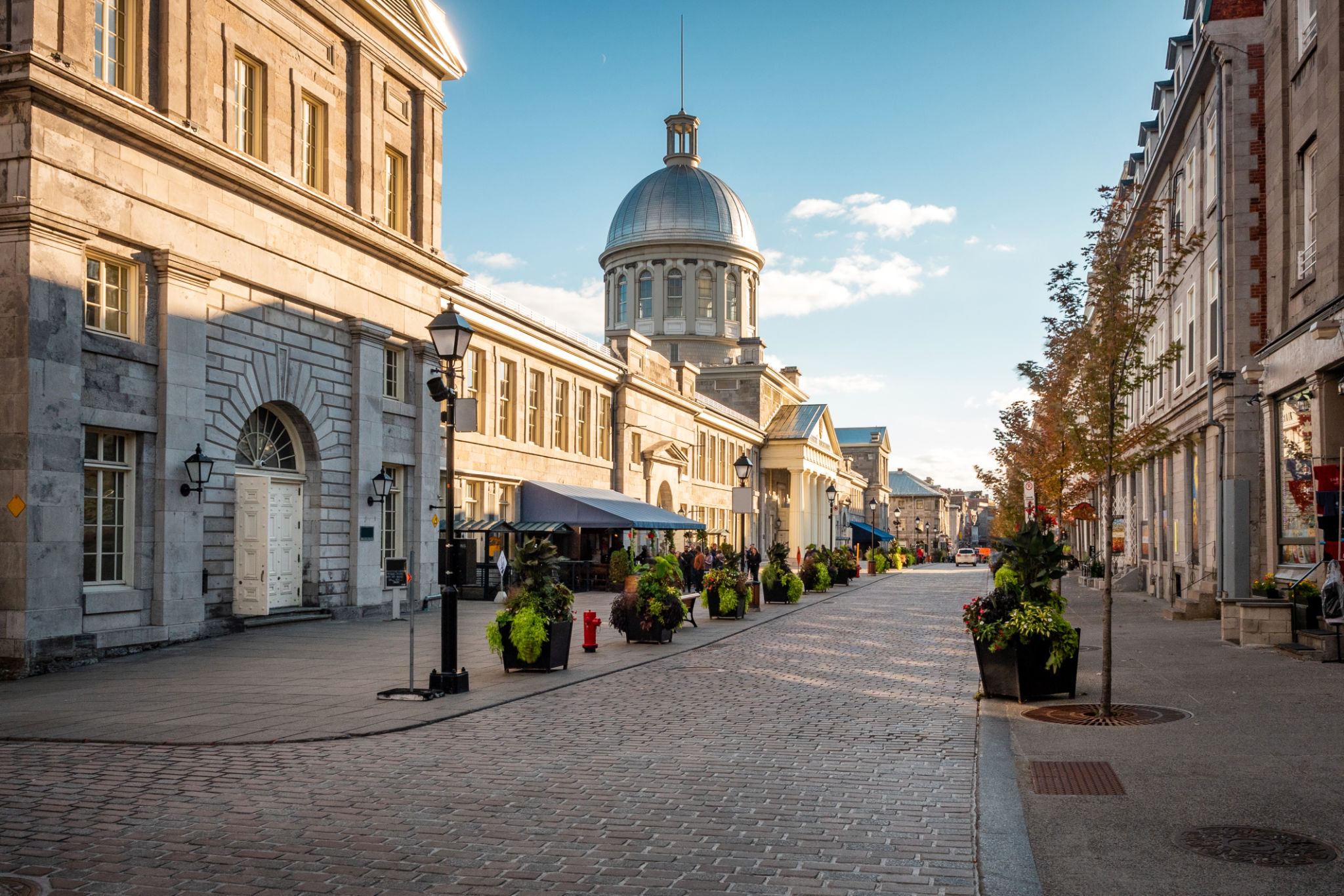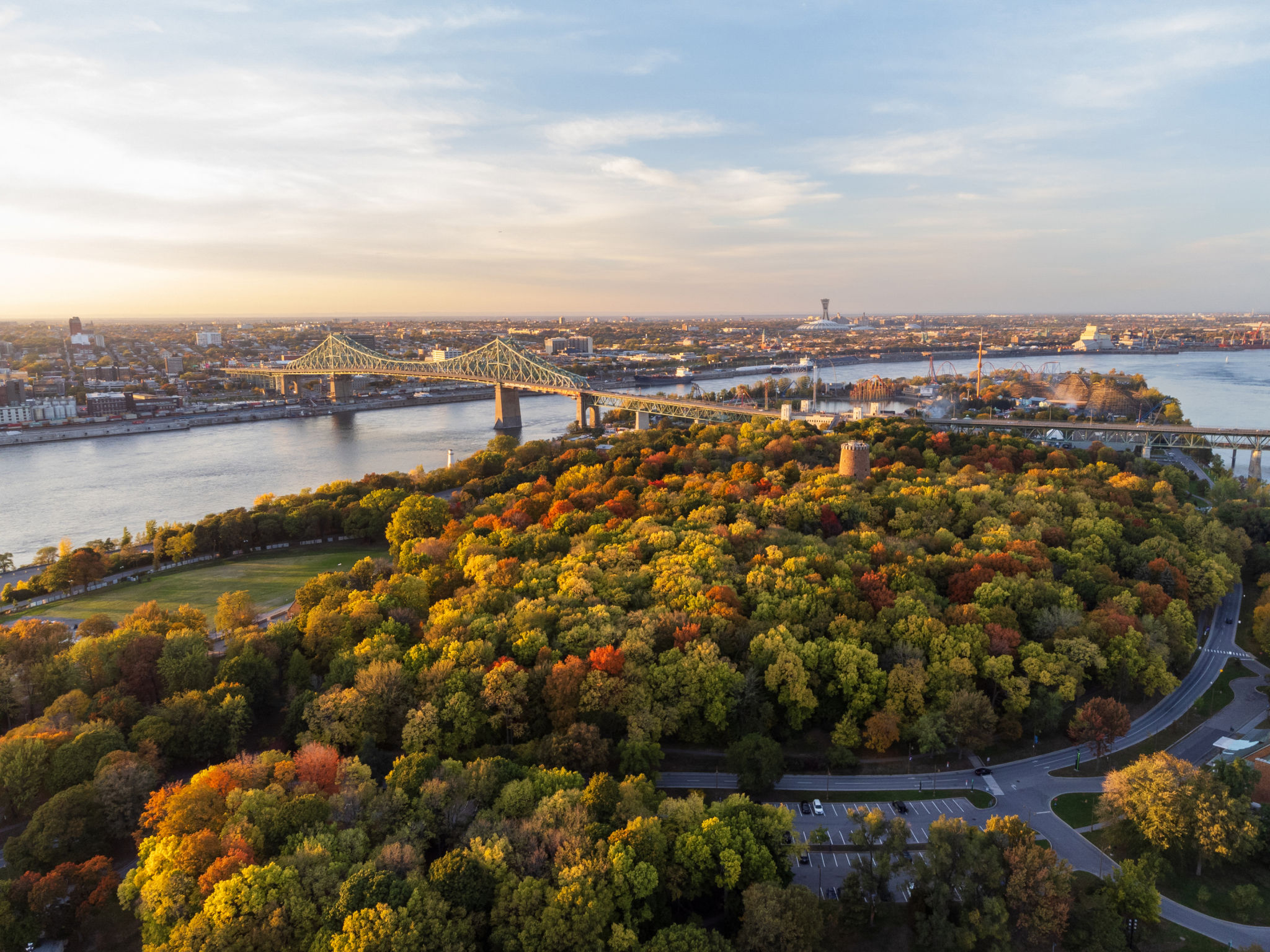How Cognitive Design Enhances Urban Spaces in Montreal
St
Exploring Cognitive Design in Montreal's Urban Spaces
Montreal, a city known for its vibrant culture and architectural beauty, is embracing a forward-thinking approach to urban planning known as cognitive design. This innovative approach aims to enhance urban environments by aligning them with human cognitive processes, ultimately creating spaces that are not only functional but also enriching and engaging for their inhabitants.
By focusing on how people perceive, navigate, and interact with their surroundings, cognitive design principles are transforming areas across Montreal. These principles prioritize user experience, ensuring that urban spaces are intuitive and accessible for everyone.

The Principles of Cognitive Design
Cognitive design incorporates several core principles that guide the development of urban environments:
- Wayfinding: This involves creating clear and intuitive navigation systems that help people easily find their way around the city.
- Accessibility: Ensuring spaces are accessible to individuals of all abilities is crucial, promoting inclusivity and ease of movement.
- Engagement: Urban spaces are designed to be interactive and engaging, encouraging social interaction and community building.
By integrating these principles, Montreal is making strides in creating urban spaces that cater to the needs and preferences of its residents, while also fostering a sense of belonging and community.

Real-World Applications in Montreal
In practice, cognitive design can be seen in various projects across Montreal. From the redesign of public parks to the development of pedestrian-friendly streetscapes, these initiatives are reshaping the city's landscape. For example, new signage and information systems have been implemented to enhance wayfinding in busy areas, making it easier for both locals and visitors to navigate the city.
Moreover, recent upgrades to public transportation hubs have incorporated elements of cognitive design, such as intuitive signage and tactile pathways, which improve accessibility for individuals with disabilities. These enhancements not only make transportation more efficient but also ensure that everyone can benefit from Montreal's public services.
The Impact on Community and Well-being
The impact of cognitive design extends beyond physical spaces; it also contributes significantly to the well-being of Montreal's residents. By creating environments that are easy to navigate and engaging to explore, cognitive design fosters a sense of security and comfort. This promotes mental well-being, as individuals feel more confident and connected to their surroundings.

Additionally, cognitive design encourages social interaction by creating inviting spaces where people naturally congregate. These spaces often become community hubs, where individuals can engage in activities, share experiences, and build relationships. Such interactions are vital for developing a strong sense of community and enhancing quality of life in urban areas.
The Future of Cognitive Design in Montreal
As Montreal continues to grow and evolve, the role of cognitive design in shaping its urban spaces will likely become even more critical. Future projects are expected to incorporate advanced technologies that further enhance user experience, such as smart lighting systems and interactive public art installations.
The commitment to cognitive design reflects Montreal's dedication to creating a city that is not only beautiful but also functional and inclusive. By prioritizing human-centered design principles, Montreal is setting a benchmark for other cities around the world seeking to enhance their urban environments through innovative approaches.